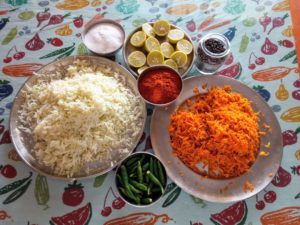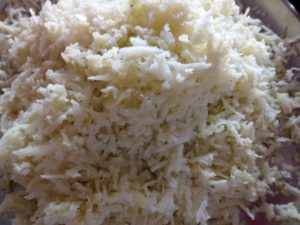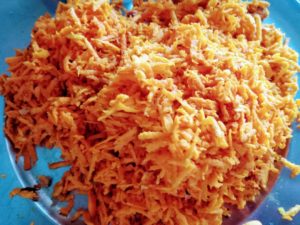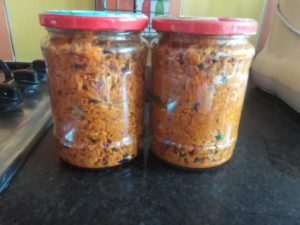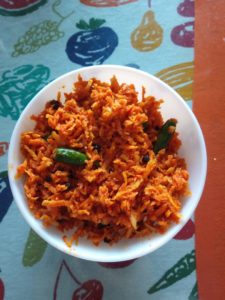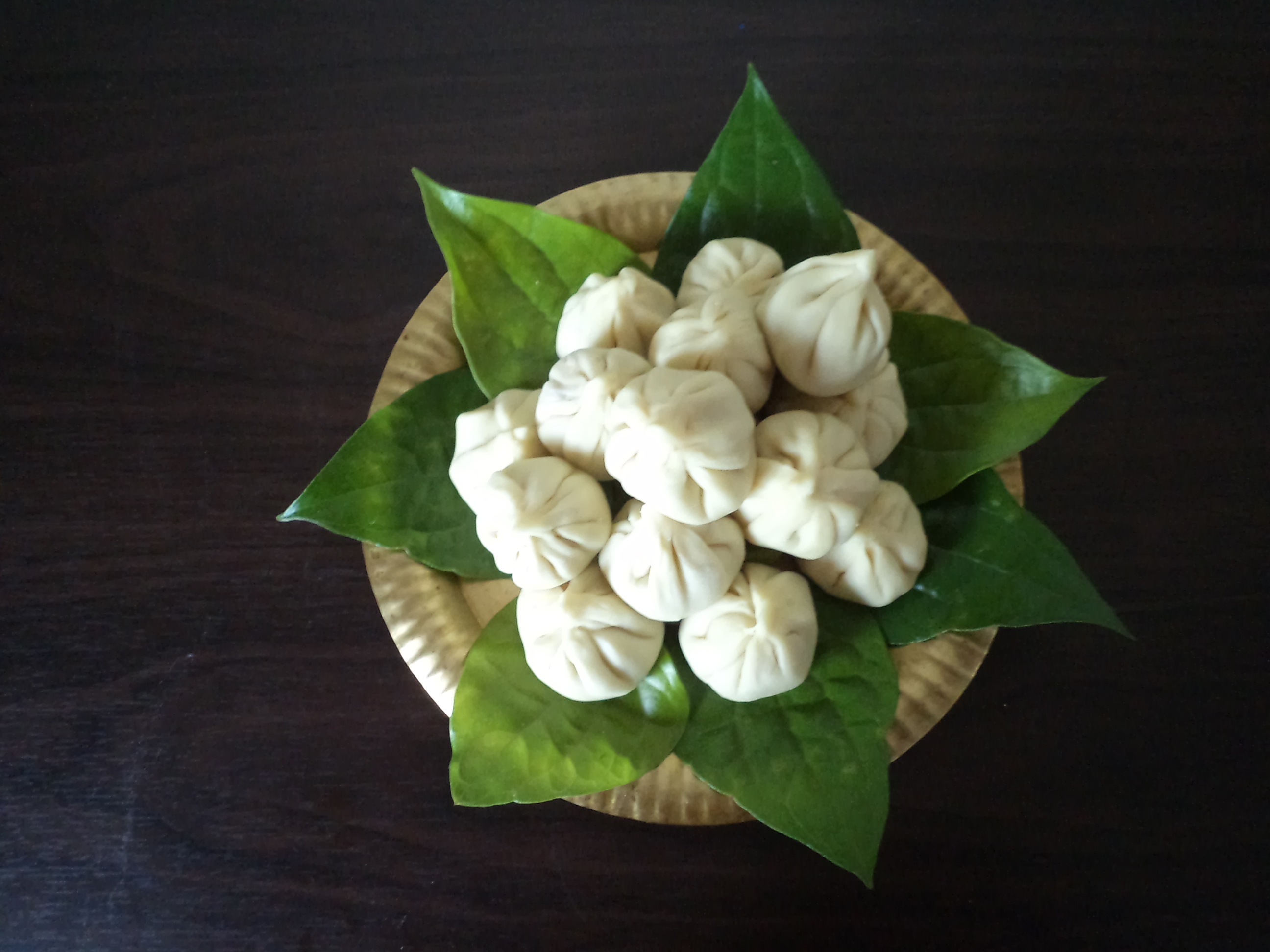We recently celebrated for first time on 10 March 2016, Gestational Diabetes Mellitus (GDM) day, and it certainly is growing, out of every10 woman three are turning diabetic during pregnancy. It becomes exteremly essential to ensure well controlled blood sugars and same time complete nourishment to the mother and growing fetus. There has been lot of debate about which foods are good for woman with GDM, look in for traditional Indian recipes these are safest bet for diabetes. Steamed jowar finger rings is one such recipe . Check this out !
Steamed Jowar Finger rings (Jowar Pasta)
Ingredients
- Jowar Flour – 1 cup (200gms)
- Bengal Gram flour -2 tbsp (30gms)
- Freshly ground Ginger garlic paste – 1 tsp
- Water to make dough and buttermilk
- Few flakes of Garlic chopped
- Oil -1 tbsp (15gms)
- Cumin – 1 tsp
- Mustard seeds – 1 tsp
- Curry leaves – 10
- Finely chopped coriander
- Asafoetida -1/2 tsp
- Turmeric – 1 tsp
- Redchilly powder – 1/2 tsp
- Sugar – 1/2 tsp
- Salt – 1 tsp
- Curds (150 ml) +350 ml of water = Butter milk – 500 ml
Method:
- Mix 75- ml of water with Jowar Flour, Bengal Gram flour, freshly ground Ginger garlic paste, salt 1/2 tsp and knead into a dough. (medium soft)
- Now grease your palms with little oil and make kadboli shaped finger rings and leave it on a plastic sheet/ banana leaf.
- Heat oil in a pressure pan, and season it with Cumin, Mustard seeds, curry leaves chopped flakes of Garlic, Asafoetida -1/2 tsp, Turmeric.
- Now add Buttermilk to this seasoning along with turmeric, chilly powder and sugar and salt.
- Simmer and allow it to boil, when the buttermilk starts boiling,
- Now add the Jowar finger rings and pressure Cook it for 3 whistles.
- Garnish with chopped coriander and serve hot with coconut chutney/ fresh raw mango chutney
Nutrition Benefits:
- Ideal food for diabetics especially for those who cannot make Jowar rotis.
- This is an easy to make dish, filling food with Low glycemic index, hence dose not spike your blood sugar levels
- same time its filling and rich in proteins and fiber,
- It has all the needed nutrients for Diabetics and woman with gestational diabetes.
- Serving size- two persons.

